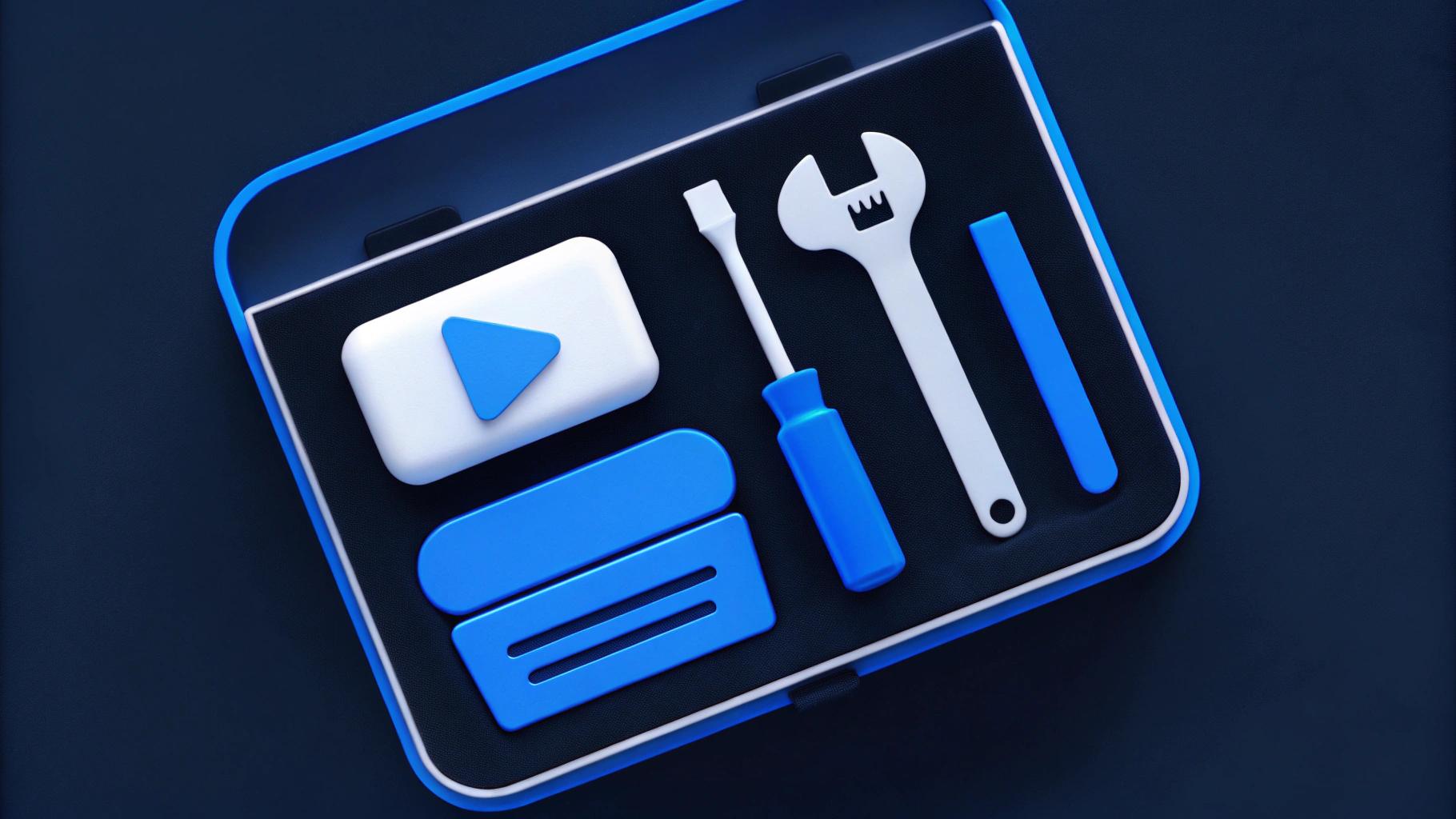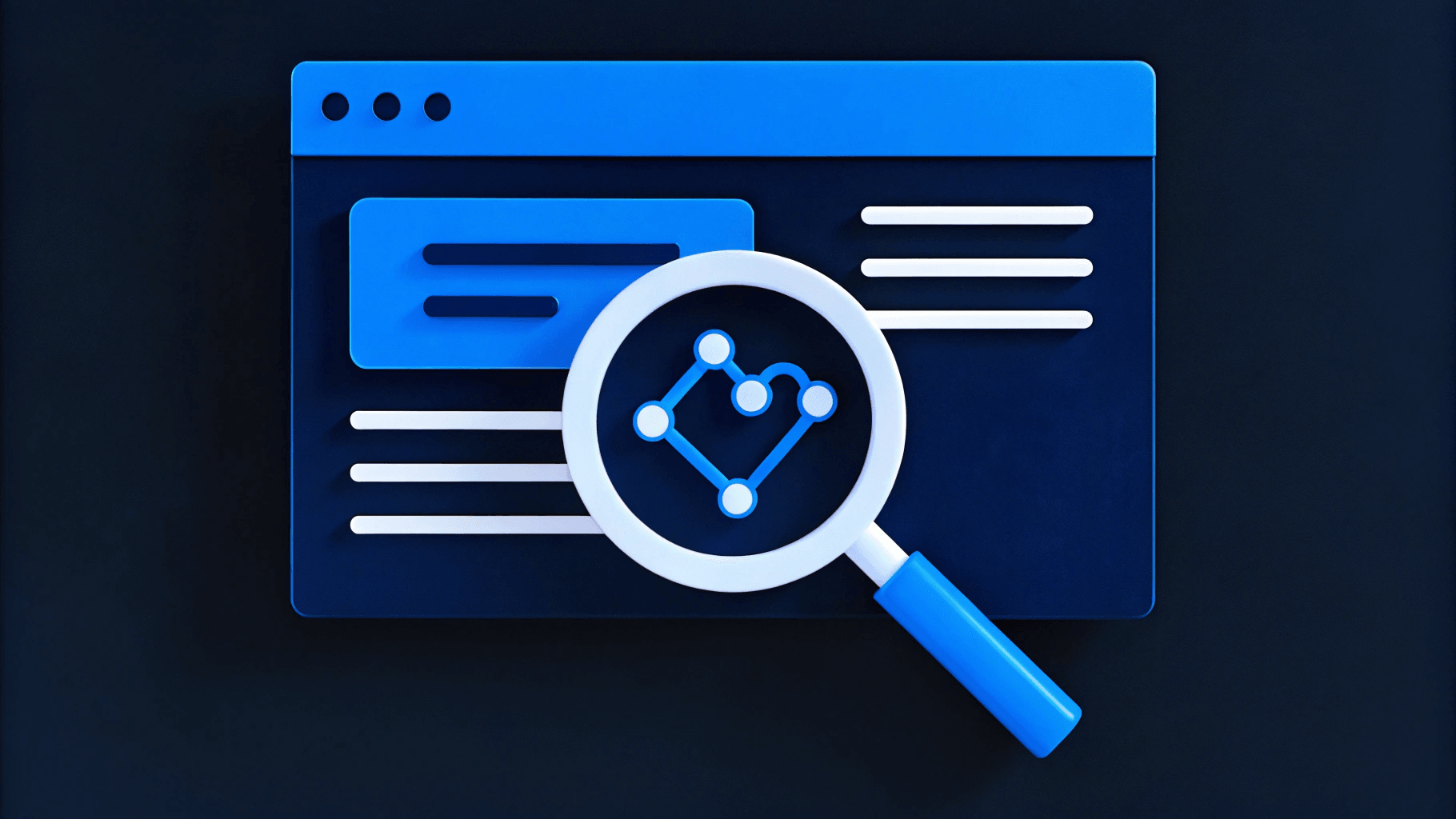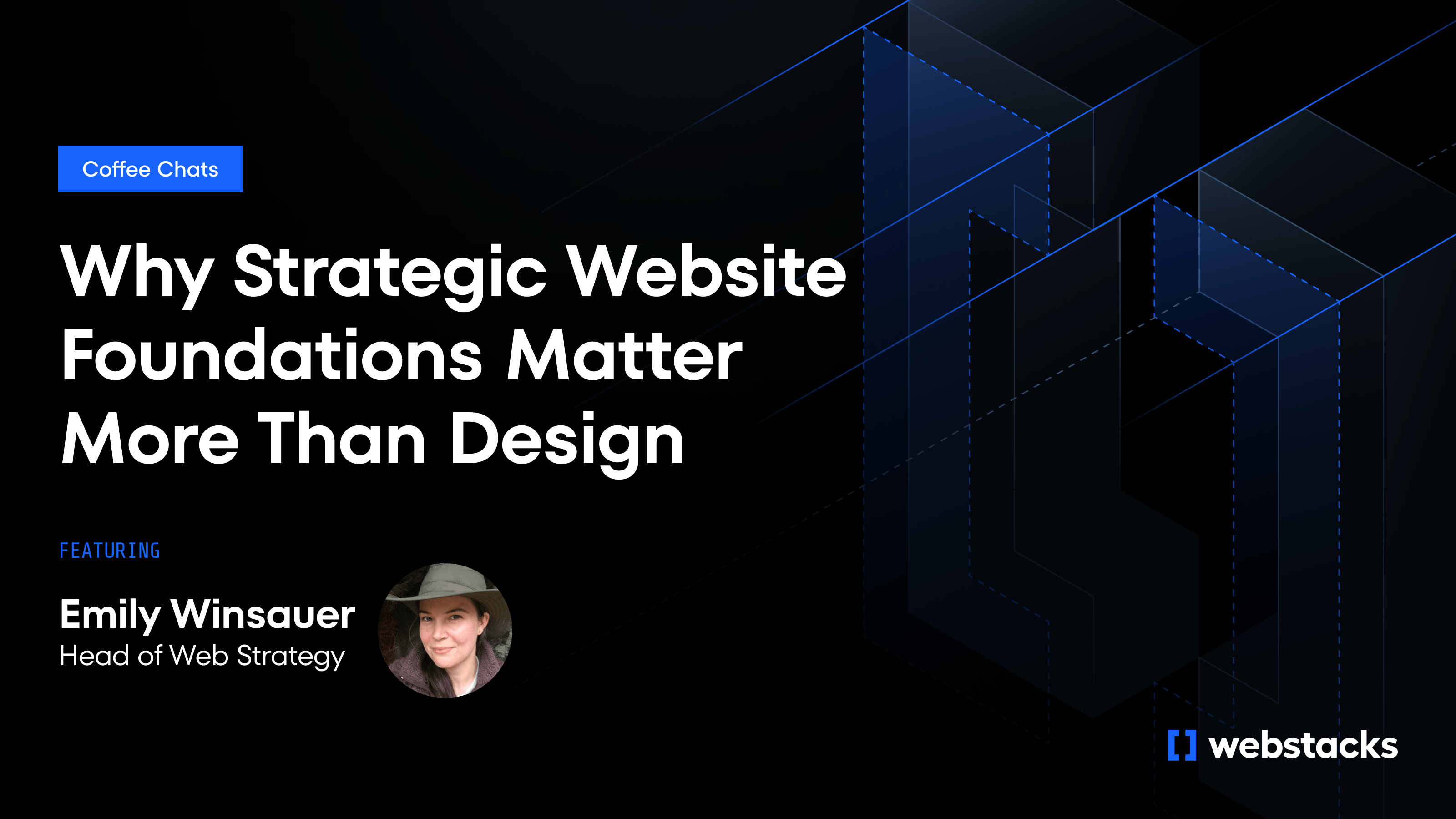A SaaS media kit puts all your branded assets and key information in one place. It showcases your value to media outlets, partners, and stakeholders.
These kits are powerful communication tools that help you attract press coverage. If you're running marketing or growth at a B2B SaaS company, a SaaS media kit will make it easier to get mentioned by press outlets.
At Webstacks, we've worked with many startups and enterprises on their web design projects. And we know that a strategic media kit can support your growth goals—if you build it right.

Why Your SaaS Company Needs a Media Kit
A SaaS media kit is important for any company looking to improve visibility, attract partners, and streamline communications. Let's explore the key use cases and benefits that make a media kit indispensable for your business.
- Press and media relations: Journalists are busy people. The media kit on your press page gives them everything they need about your company, products, and story in one convenient package. This makes accurate coverage much more likely.
- Partnerships and integrations: When you're looking to team up with other companies, your SaaS media kit shows them exactly who you are and what you bring to the table. It helps potential partners quickly see why working together makes sense.
- Investor relations: Investors need to understand your vision and market position fast. A clean, professional media kit presents your growth story and business case in bite-sized chunks.
- Event participation: Whether you're sponsoring a conference or exhibiting at a trade show, your media kit helps organizers and attendees get the right information about what you do.
Benefits
A media kit keeps your brand voice and messaging consistent across every channel. Whether it’s a journalist writing about your company or a partner featuring your logo, everyone pulls from the same approved source. That consistency builds brand recognition and avoids the confusion that comes from mixed messages.
It also saves time. When your team or external contacts need assets, they shouldn’t have to dig through old emails or ask for files over Slack. With everything in one place, people can move faster and focus on their actual work.
A media kit also shows that your company is serious about how it presents itself.
When reporters, partners, or investors see clean, organized materials, it shapes their perception of your brand. You look professional and credible.
What Are the Components of a SaaS Media Kit?
A SaaS media kit needs several elements to tell your brand's story. Here's what to include:
Company Overview
This is your "who we are" section. Keep it brief but impactful with a mission statement, vision, core values, and a brief history with key milestones. This context helps media and partners understand what drives your organization and where you've been.
Product Information
For SaaS companies, your product is everything. Focus on clear product descriptions, unique selling propositions, and what sets you apart from competitors.
Show exactly how your product solves real problems. Include screenshots or demo videos that make features tangible.
Leadership Bios
Put faces to your company name. This includes short profiles of key team members, quality headshots, and notable achievements with expertise. These profiles build trust and give media potential interview subjects for their stories.
Brand Assets
Make it easy to represent your brand correctly. Use high-resolution logos in different formats, color palette with hex codes, typography guidelines, and approved images. Providing these brand assets keeps your company looking consistent wherever it appears.
Media Coverage
Show you're newsworthy. Let the audience see recent press releases, media mentions, and links to published articles or interviews. This section demonstrates your market relevance to potential media partners.
Testimonials and Case Studies
Prove your product works with real customer testimonials that show results, detailed case studies, and hard numbers with ROI statistics. These elements show the actual impact of your solution and build credibility.
Contact Information
Make reaching out simple. Have a specific media contact person, showcase email addresses and phone numbers, social media links, and office locations (if relevant).
Including these elements creates a comprehensive resource that tells your brand story. The goal is simple: give journalists, partners, and stakeholders everything they need to represent your company.

How to Design a SaaS Media Kit
If you’re creating a media kit for the first time, follow these steps:
1. Outline what your media kit needs to include
Start with the essentials:
- Company overview or boilerplate
- Leadership bios
- Product or service descriptions
- Press mentions or notable coverage
- Contact info for media inquiries
- Downloadable assets (logos, headshots, product screenshots, brand guidelines)
Decide what’s relevant for your audience. If investors, analysts, or partners also use your kit, include sections that speak to them.
2. Organize your content into clear sections
Group related items together. Keep each section short and easy to scan. Use headlines, short paragraphs, and visual spacing to make information quick to find. Place the most requested items (such as logos and company overview) near the top.
3. Apply your brand’s visual system
Use your colors, typography, and layout guidelines throughout the kit. All visuals should feel current and aligned with your website and marketing materials. Replace outdated screenshots, headshots, or logo files with the latest versions.
4. Design for usability
Keep the layout clean. Avoid clutter, keep plenty of white space around text and images, and use visual hierarchy to guide attention. Buttons or download links should be labeled clearly. Don’t bury important content.
5. Create multiple access formats
Build a live version on your website that’s easy to update. Offer a downloadable PDF for offline use. Include separate download links for high-res logos, headshots, and product images so users don’t need to crop or extract files.
6. Make it mobile-friendly
Test your media kit on phones and tablets. Make sure text scales properly, visuals display clearly, and download links work across devices.
7. Assign ownership and update regularly
Someone on your team should own the kit. Set a schedule for checking it, especially after rebrands, product launches, or leadership changes. Outdated kits will hurt your credibility.
Distribution Strategies for Your SaaS Media Kit
Make your media kit easy to find by giving it a home on your website. Create a dedicated 'Press' or 'Media' section that visitors can find easily.
When setting up this section:
- Place it somewhere obvious, like your footer or main menu
- Organize content with clear headings
- Add a brief intro explaining what's inside
- Offer both downloadable files and web versions
When contacting journalists, potential partners, or investors, include a link to your media kit. This approach lets you:
- Customize your message by highlighting relevant parts of your kit
- Provide comprehensive information upfront
- Show you're prepared and professional
Tailor each message to highlight the parts of your media kit most relevant to that specific person.
How to Measure the Impact of Your SaaS Media Kit
To know if your media kit is working, you need to track the right metrics and gather feedback. Here's how to do that:
Key Performance Indicators (KPIs)
Track these numbers to gauge performance:
- Downloads/Access: How many people are accessing your media kit
- Page Views: Traffic to your media kit page
- Engagement: Time spent and interactions with specific sections
- Media mentions: Press coverage resulting from your kit
- Partnership inquiries: New collaboration opportunities
Feedback Mechanisms
Collect insights from actual users:
- Quick surveys: Send a brief questionnaire after someone accesses your kit
- Social listening: Watch for mentions of your company or media kit online
- Direct check-ins: Ask key people who've used your kit for their thoughts
This feedback provides qualitative insights that numbers alone can't tell you.
Continuous Improvement
Keep your SaaS media kit fresh with:
- Quarterly updates: Refresh with new products, milestones, and achievements
- A/B testing: Try different layouts or content structures to see what works best
- Regular analysis: Review your metrics and feedback to spot trends
Build a SaaS Media Kit That Works
A media kit should do more than look polished. It should make it easy for others to understand your company, access brand assets, and share your story accurately.
Whether it’s for press, partners, or prospects, each element should serve a purpose: simplify communication and reinforce your brand.
Look at your current media kit. Does it reflect who your company is today? Is it easy to use? If the answer to any of those is no, it's probably time for a refresh.
If you're building or updating your media kit, it helps to work with a team that understands how your website, brand, and content all connect. At Webstacks, we help SaaS companies create systems that make content easy to manage and update, so your team doesn’t have to wait on developers to make simple changes.
Your media kit should be part of that system. Designed well, it becomes a tool that supports PR, sales, recruiting, and partnerships without extra overhead.




